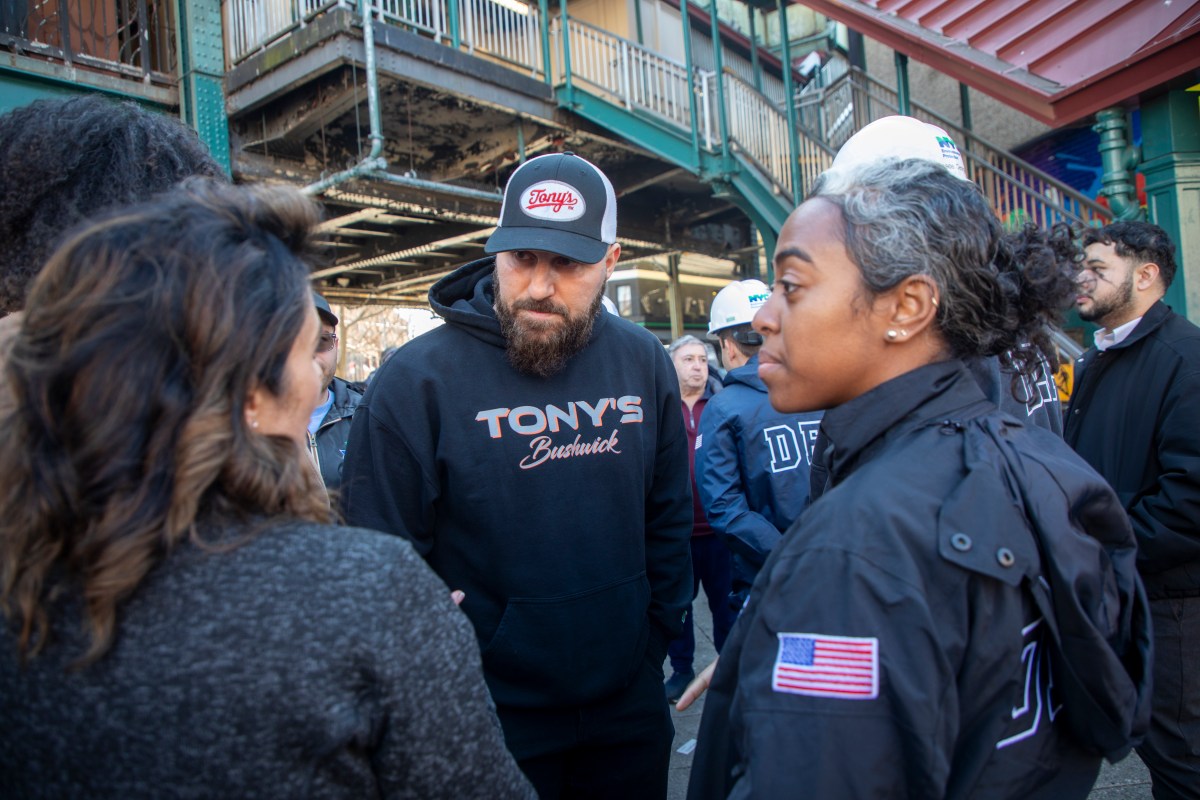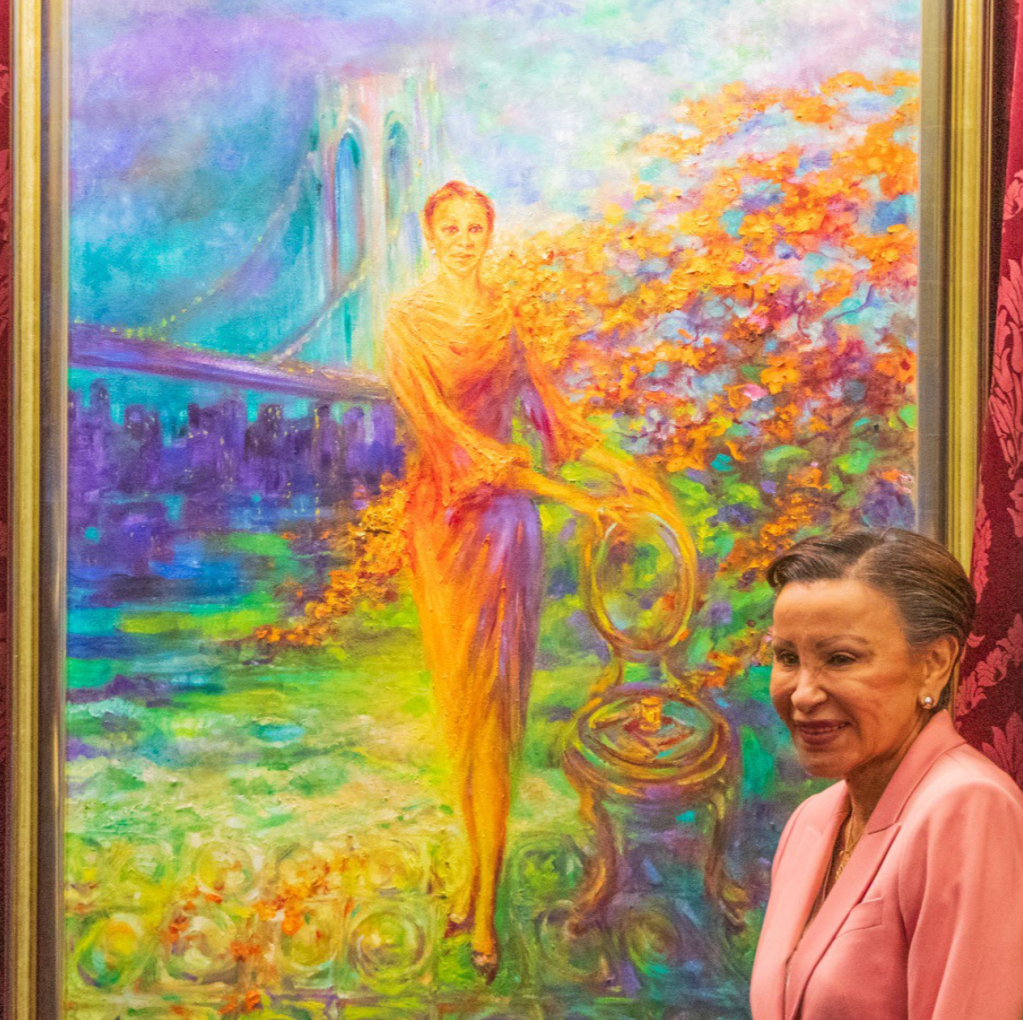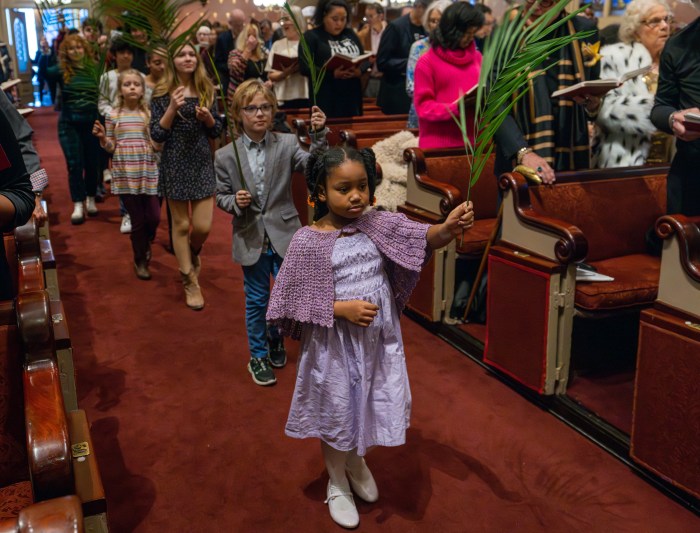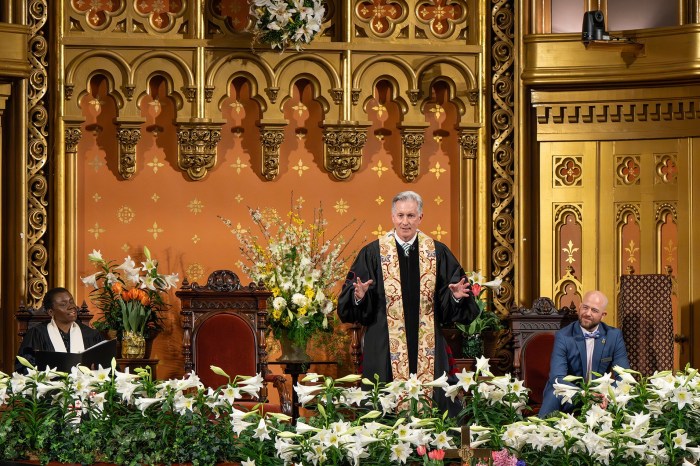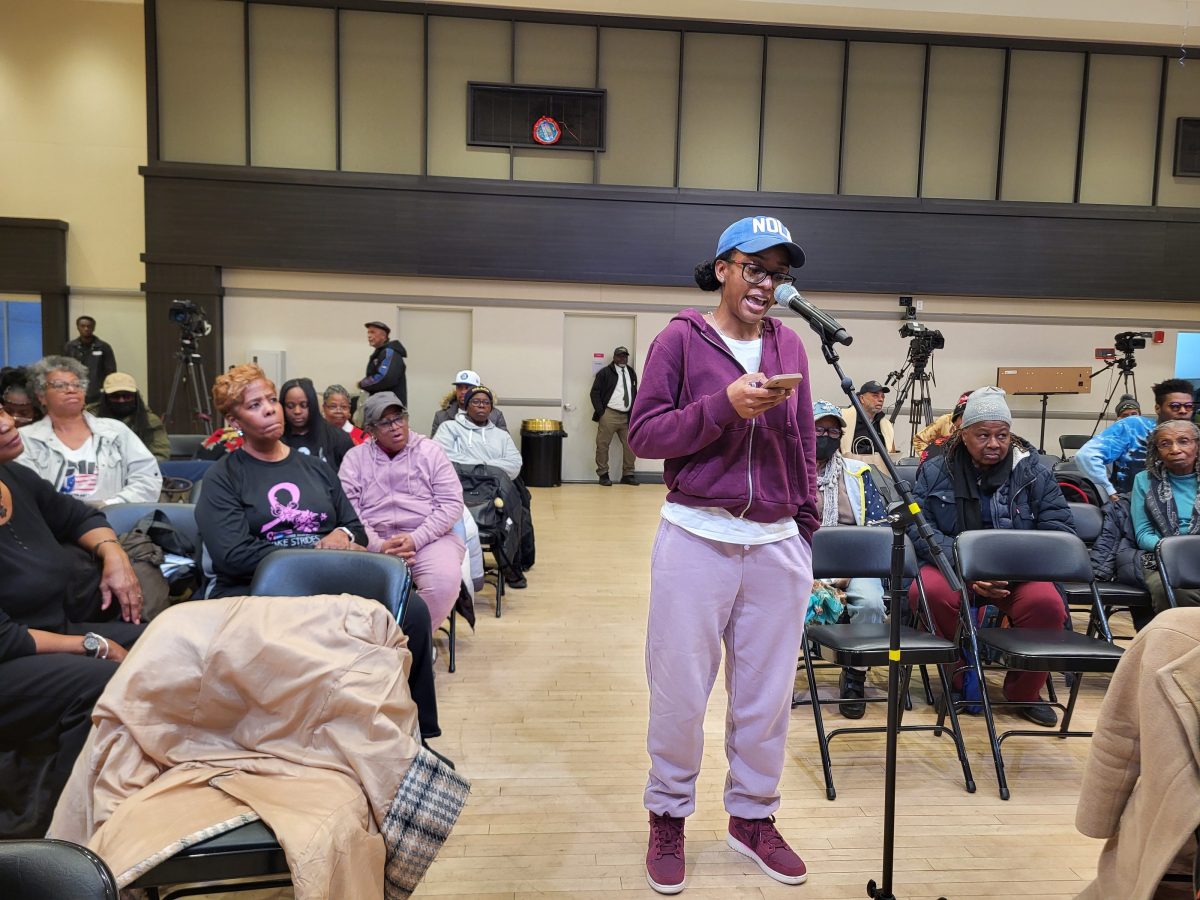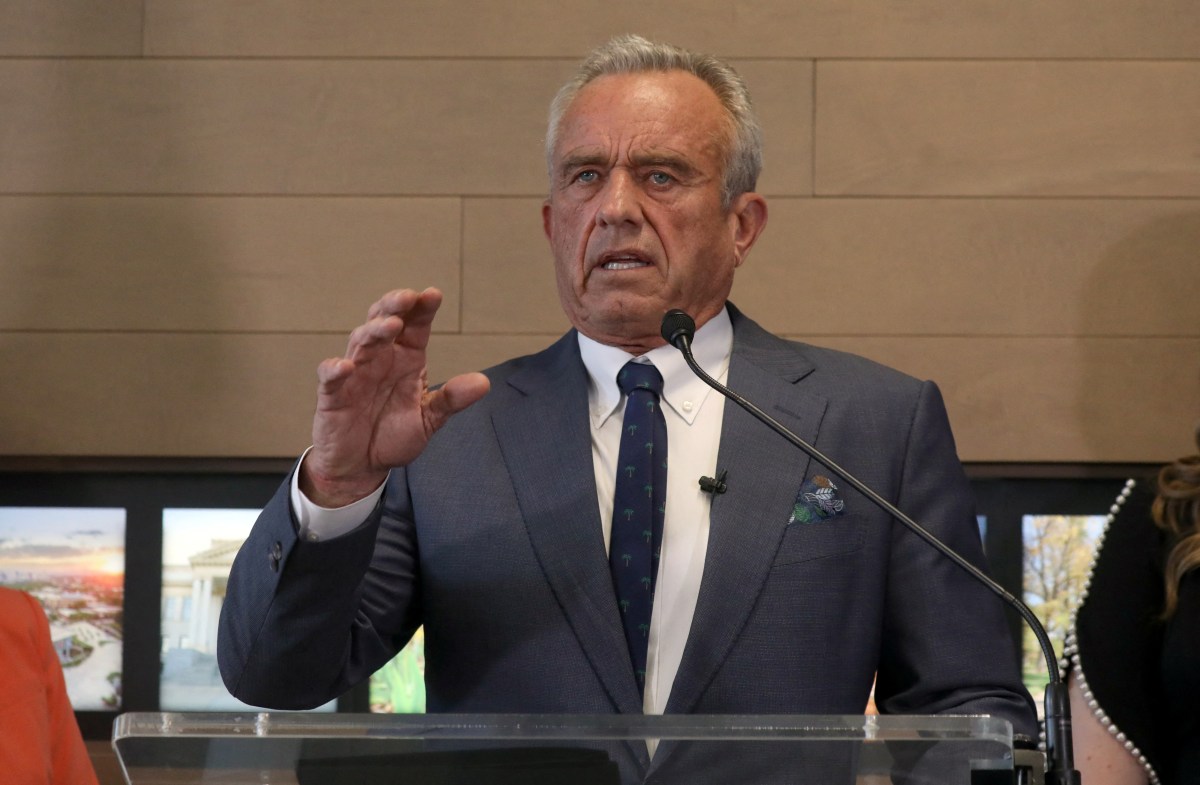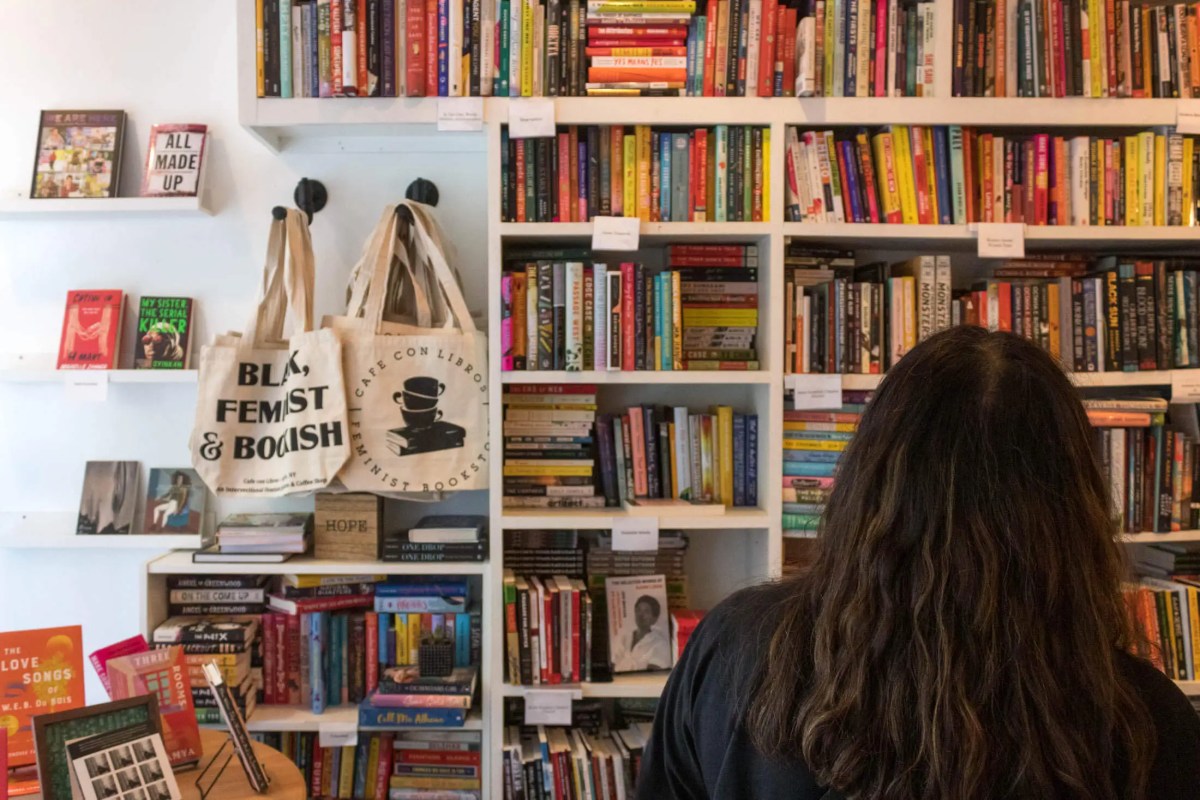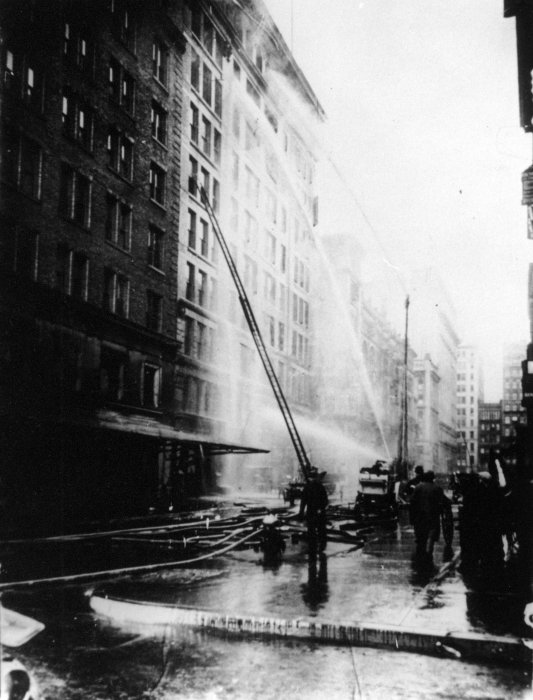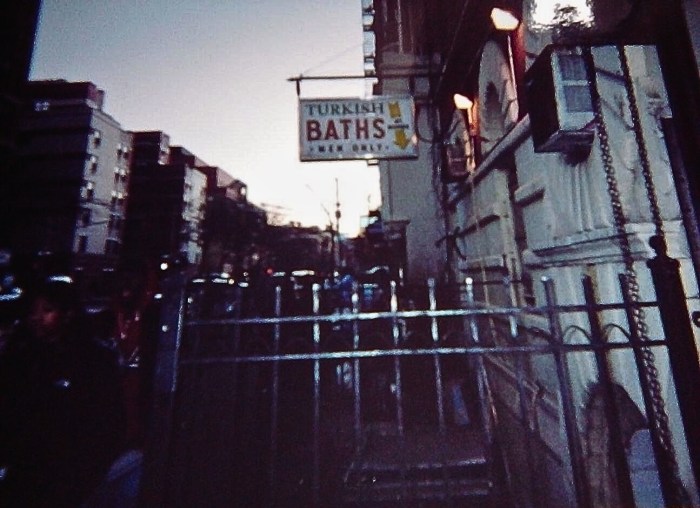Where to pee may no longer be a pressing question for New Yorkers’ bladders after the City Council passed a bill Thursday to create a long-term strategic planning process for establishing and maintaining a city-wide public bathroom network.
Brooklyn City Council Member Sandy Nurse’s bill aims to make it easier to find a restroom across the city by mandating at least one restroom per 2,000 residents by 2035.
Known as Intro 694-A, the bill requires relevant city agencies to produce a strategic planning report that is updated every four years. The goal is to provide at least 2,120 public bathrooms by the year 2035, at least half of which will be publicly owned. The agencies would also be required to post a comprehensive online map of all public bathrooms in the city.
“Today, we are voting to make New York City flush with public toilets,” Nurse said ahead of the vote, which unanimously passed on April 10. “Every single person walking around New York City should be free to pee in a private, clean, functioning bathroom. No one should have to experience the humiliation or stress of having to relieve themselves out on the street.”
While introducing the legislation last September, Nurse noted that the City has not meaningfully increased its number of public bathrooms since the 1970s, saying the “ongoing policy failure” disproportionately affects vulnerable populations such as seniors, people with disabilities, pregnant individuals, families, homeless people, delivery workers, street vendors, and taxi drivers.
“Since then, our city has grown, our city budget has grown, but somehow we have not managed to address this issue,” said Nurse on Thursday. “Through intro 694-A for the first time, our city agencies will not only have to actually come up with a plan to maintain and expand a citywide public bathroom network, but they’ll have to plan every four years. Right now, we don’t have a plan. We don’t have a strategy. We have a hodgepodge of agency-specific processes that create a disjointed, stunted, and some might call foul approach.”
The City has made recent efforts to address bathroom access, including a Council bill requiring the city to finish building 151 new public bathrooms that it pledged to build in 2022 and Mayor Eric Adams’s plan to build 46 new public lavatories and renovate another 36.
As part of Nurse’s bill, the strategic plan must be updated every four years and include “a capital strategy, recommendations for law or policy changes to support bathroom openings or conversions, and identify various types of sites that could be converted for public bathroom use.” Additionally, the city would designate “one or more design models for a modular public bathroom that could be installed in a variety of types of sites or facilities.”
The legislation also mandates a comprehensive online map of all public bathrooms citywide, which would include hours of operation, ADA accessibility, whether a fee is required, and maintenance responsibility.

Advocates who testified before the council last year said the measure was urgently needed in a city where just over 1,100 public toilets serve a population of 8.6 million. “That’s only one public restroom per 7,500 residents in New York, and only two that are open 24 hours a day, seven days a week,” testified Willie Woods of the Open Hearts Initiative, who has Crohn’s disease and has experienced homelessness.
“The level of urgency can be overwhelming. Sometimes, it functions like a fully automated process that I cannot stop. During a Crohn’s flare, I can no longer plan travel from one destination to another – I have to plan from bathroom to bathroom. That can often double my travel times–which then exacerbates the need for a bathroom in and of Itself,” added Woods.
A 2024 report from the City Council found that two-thirds of NYC public restrooms either had health and safety hazards or were kept closed during operating hours.
“Access to bathrooms is a public health and quality of life issue for everyone… It mainly impacts homeless New Yorkers who, in their search for places to alleviate themselves, are met with tickets,” said Adolfo Abreu of VOCAL-NY, referring to the nearly 9,400 summonses – criminal and civil – issued by NYPD in 2023 for public urination
A Fiscal impact statement concluded that the bill would have no expected cost to the city budget. “It is anticipated that there would be no impact on expenditures… as the Department of City Planning, the Department of Parks and Recreation, and the Department of Transportation would utilize existing resources to fulfill this legislation’s requirements,” the Council’s Finance Division reported.
Under the legislation, a Deputy Mayor will lead the effort in coordination with city agencies such as the Department of City Planning, Parks, and Transportation. If signed into law by Mayor Eric Adams, the first city-wide bathroom strategy report would be due by Sept. 1, 2026.
“Access to public bathrooms is essential to New Yorkers’ health, safety and quality of life,” said Speaker Adrienne Adams following the vote. “This Council is proud to address the longstanding issue of the city’s lack of public bathrooms. Today’s action to promote more transparency on compliance and progress towards Streets Master Plan goals is critical step forward for greater accountability.”




